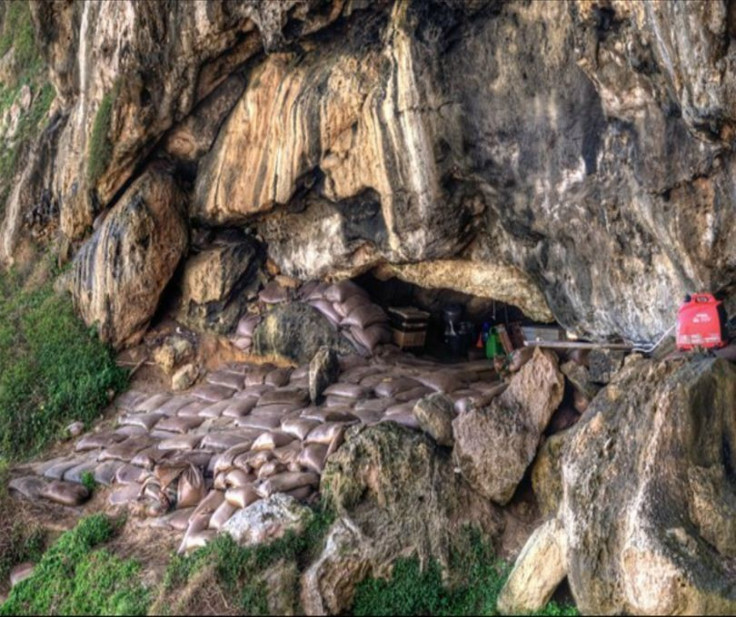100,000-Year-Old Art Studio in South African Cave May be World’s Earliest

Archaeologists discovered a 100,000-year-old workshop in Blombos Cave in South Africa that may have been the world's earliest artist's studio.
The researchers found the workshop holds the tools and ingredients that early modern humans used to mix some of the first known paint.
They probably understood basic chemistry, said Christopher Henshilwood, who led the discovery team.
The findings were unearthed in 2008 and described in the journal Science on Friday.
Henshilwood, who is affiliated with both the University of the Witwatersrand in South Africa and the University of Bergen in Norway, said the latest find shows the evolution of complex human mental cognition.
We're pushing back the date of symbolic thinking in modern humans -- far, far back, Henshilwood told The New York Times.
Based on traces of paint found on the tools, researchers now know the cave dwellers mixed ocher -- red or yellow minerals containing metal oxides -- with bone marrow, charcoal, flecks of quartz, and a liquid, which may possibly be water.
Paint experts at the Louvre in Paris performed the analysis, according to reports.
It is believed early humans may have applied the mixture to their skin for protection or used it for decoration.
Blombos Cave is about 200 miles east of Cape Town and overlooks the Indian Ocean at the tip of South Africa. It is believed humans started using it about 130,000 years ago. The research team found two tidy tool kits covered by sand.
The recent discovery adds to other early artistic discoveries at Blombos, which includes 49 beads soiled with ocher and large pieces of ocher inscribed with crosshatch patterns that date to 77,000 years ago. These were previously thought to be the oldest known art.
Alison S. Brooks, an archaeologist at George Washington University who studies the Middle Stone Age in Africa wasn't involved in the recent study, but told The New York Times, This is another spectacular discovery from Blombos.
The Times article noted that a few years earlier, Brooks and Sally McBrearty, an anthropologist at the University of Connecticut, published a study of various African sites where they showed the gradual assembling of the package of modern human behaviors in Africa and its later export to other regions of the Old World.
Brooks also said the large quantities of ocher were found elsewhere in Africa even before the 100,000-year-old workshop. Ocher's early use in Africa as an adhesive for small points on weapon shafts was also documented in previous research, according to the Times.
But the Blombos discovery, not only of elaborate ocher processing but also of its mixture with marrow fat to produce a paint, rather than with plant resin to produce a mastic, argues strongly for its symbolic function, Brooks told the Times.
© Copyright IBTimes 2024. All rights reserved.












